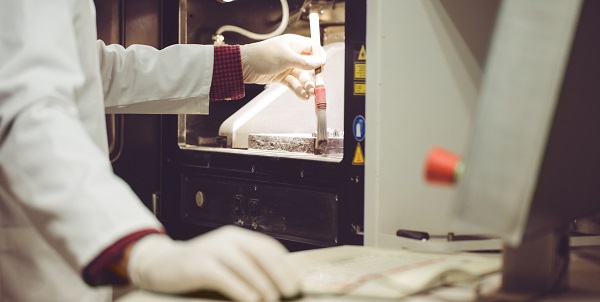3D printing for wound care

When wounds are so deep or so extensive that wound care products are not adequate to assist in healing, artificial dermis offers a viable alternative. Artificial skin was first pioneered in the US in the 1970s, using collagen scaffolds to regenerate skin cells. In the 1990s, German scientists developed a method of using spider silk to build minute frames which could be populated with skin cells. In Japan, in the same time period, Dr Suzuki began working with Japanese industrialists to generate a double layer artificial skin, comprised of collagen sponge covered by a thin film of silicone.
Later studies have built on this basic methodology of building scaffolds and infusing them with skin cells in conditions that would encourage cellular proliferation. Innovations in 3D printing mean that scientists are able to grow skin outside the body and custom match it to the patient, bringing cosmetic and emotional healing along with the clinical benefits. Computer scanning determines the depth and terrain of the wound, any unique characteristics and skin colourations. Using the blueprint created from the scan, skin cells and scaffolding material are fed through a nuzzle, emerging as an intricate woven mosaic. The skin is then cultured in a petri dish and incubated.
Skin can be produced in two ways:
- On an individual basis, from the patient’s own cells. This allows for matching of unique characteristics such as skin colour. Scientists can use biopsies of the skin one tenth the size of the wound to grow enough cells to be used for skin printing.
- From stocks of cells that are available for industrial, pharmaceutical or cosmetic use. 3D printing of artificial skin as a wide range of commercial applications from medical and cosmetic testing, including obviating the need for animal testing for cosmetics.
Until recently, 3D printed skin lacked some of the functionality of living skin such as sweat glands. In 2017, a team of scientists, led by the Bioengineering and Aerospace Engineering Department at Carlos University in Madrid created the first viable prototype for a 3D printer that uses bio inks to create fully functional human skin. The team is working with a technology company to bring the printer to market in the next two years, beginning with pharmaceutical and cosmetics testing.
Research in America and Canada is testing the viability of printing skin cells directly into burn wounds. Tests on wounds sustained by soldiers in combat have proven promising. Follow up studies are underway to advance both the technology and the mobility of the printers, so clinicians could wheel the unit next to a hospital bed and print directly onto the burn wounds of a patient.
Scientists continue to work intensively in this area of medicine, with regenerative medicine and wound healing rapidly coming to the fore as an area for investment, funding and growth. Cross discipline learning is a key trend in regenerative medicine. Tokyo University has been working closely with Fuji-films to move from 3D printing of skin to 3D printing of implants using artificial collagen. Artificial collagen is a core component of photographic film and Fuji has extensive knowledge of artificial collagen and the technologies that could control its reactions and sensitivities. In 2011, scientists at Cornell’s Kavli Institute of Nanoscale Science produced the first dermal templates which include vascular micro-channels. This will allow artificial dermis to be printed for ‘barren areas’ like bone, artificial limbs and atrophied areas.
3D printing, while growing rapidly as a technology, is still in its infancy. For scientists and clinicians looking at new ways of healing wounds, 3D printing is one of the more exciting technologies emerging into the health care space.
The Compliance Navigator blog is issued for information only. It does not constitute an official or agreed position of BSI Standards Ltd or of the BSI Notified Body. The views expressed are entirely those of the authors.

